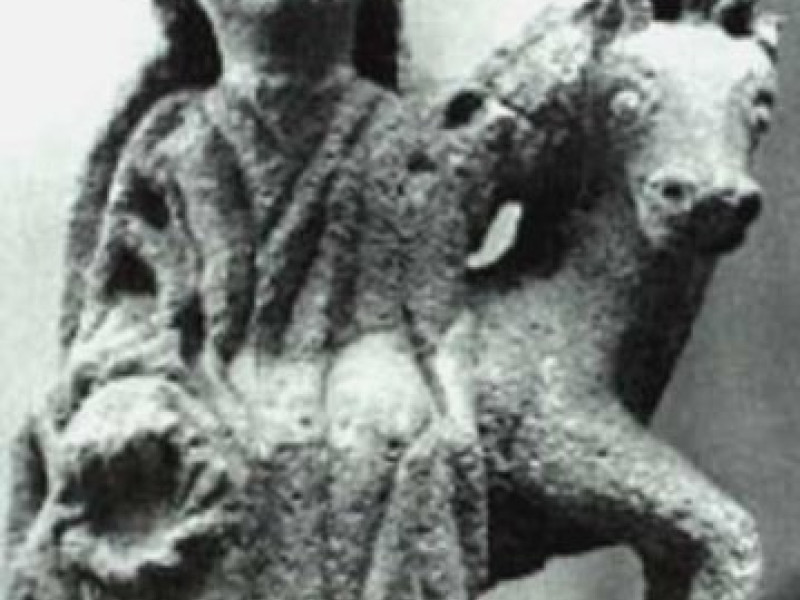Sirona
Goddess of healing springs. Judging by the number of sites dedicated to Sirona, from Brittany in the west to Hungary in the east, she was a popular goddess.
Artefacts have been found where she was depicted alone or with the god Grannus (Apollo Grannus), who was also the god of healing and of healing springs.
A shrine of hers was found in Hochscheid of the Moselle valley, where Sirona was depicted as a seated goddess wearing a diadem on her head, a dog resting on her lap, and a snake entwined around her right arm while she was holding three eggs. The snake is often a symbol of healing in ancient civilizations or cultures, while the eggs clearly symbolized fertility.
Icons of her were also found in Mainz and in Sainte-Fontaine. In the former she holds grapes in her hand, in the later, she was in possession of grains and fruits.
Related Information
Related Articles
Sirona, Divona, Dirona.
Related Articles
By Jimmy Joe





